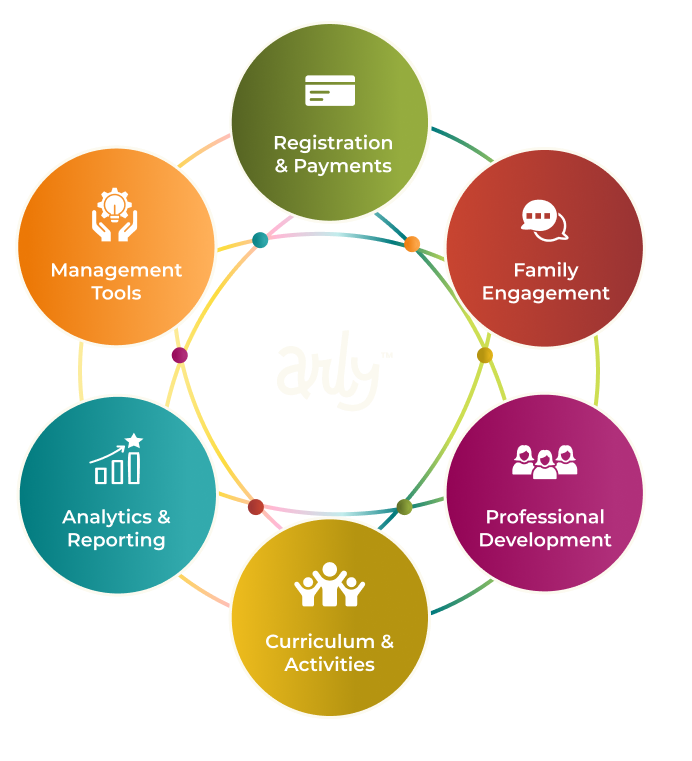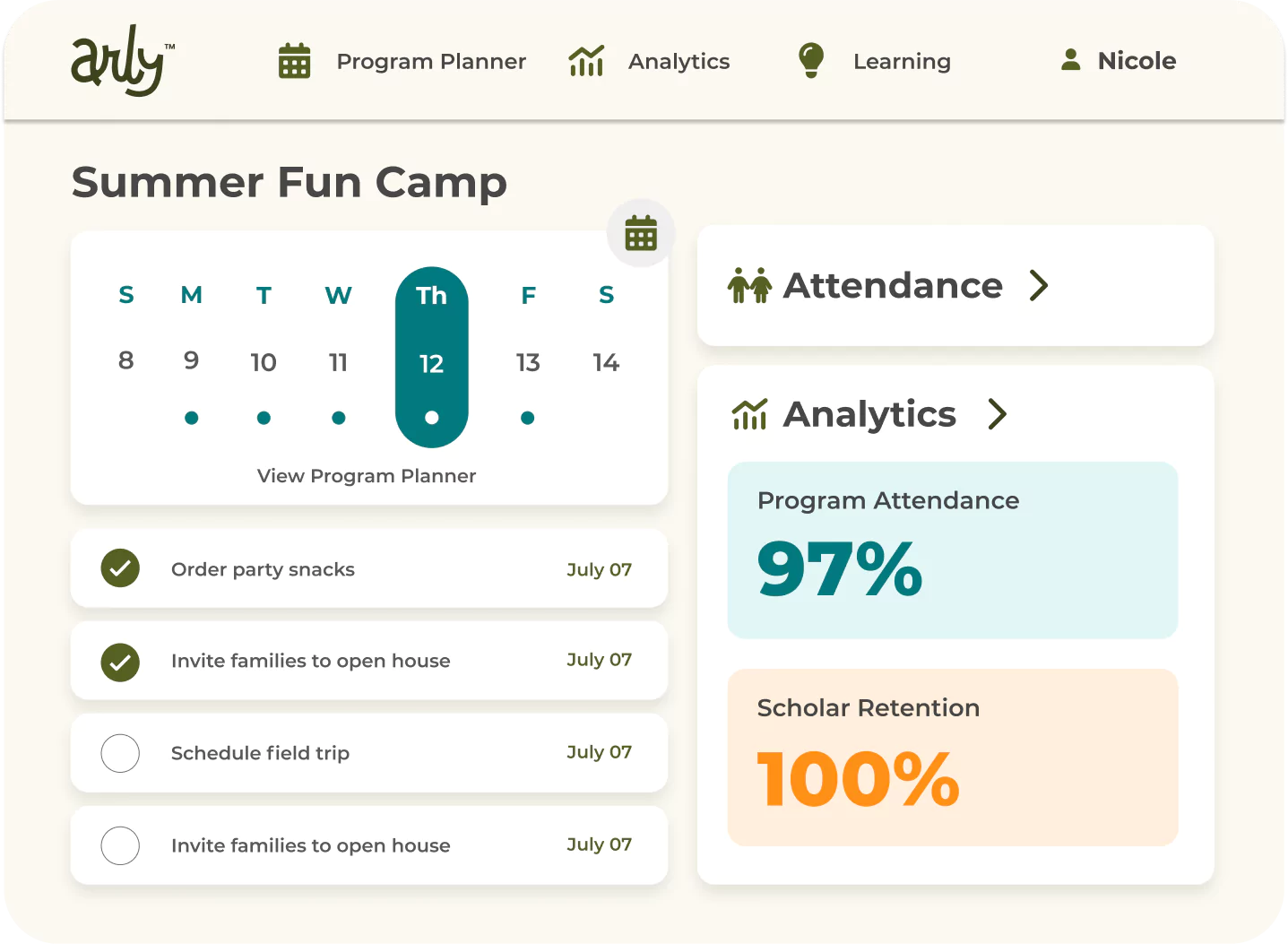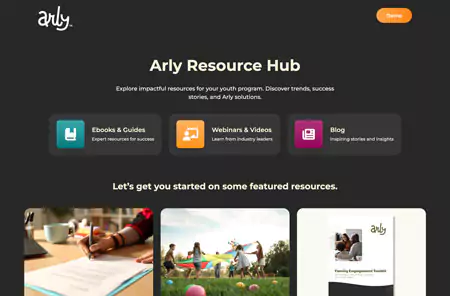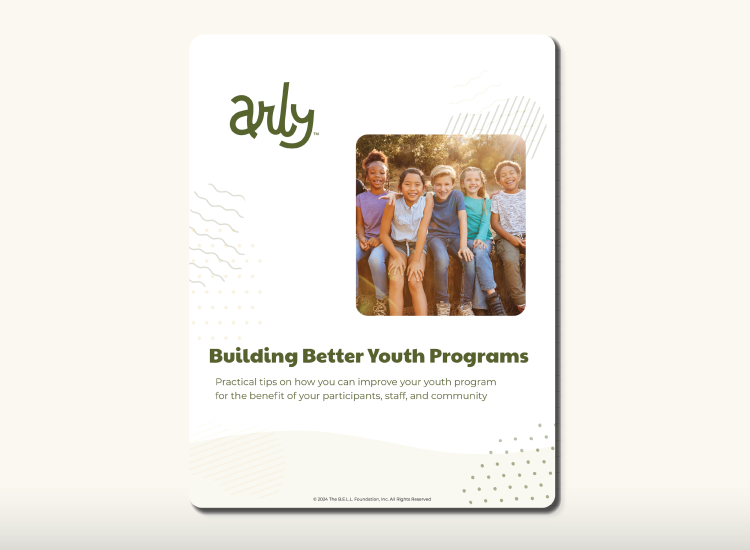Federal Funds are Flowing - But is Your Afterschool Program Operationally Ready?
By Arly Communications on July 30, 2025
After months of uncertainty, the federal government has released over $1.3 billion in afterschool and summer program funding, according to The Washington Post. For school districts, youth program coordinators, and OST (out-of-school time) leaders, this brings much-needed relief—but also pressure to deliver quickly, compliantly, and at scale.
In this new landscape, securing funding is only the beginning. The real challenge? Launching or re-launching youth programs efficiently—with limited staff, compressed timelines, and strict compliance requirements.
If you manage an afterschool or youth enrichment program, here’s how to assess and upgrade your operational readiness—so you can turn funding into real outcomes.
Step 1: Audit Your Afterschool Program Launch Readiness
Whether you're starting from scratch or reactivating paused programs, your internal readiness will define your success.
Ask yourself:
-
Do we have an updated roster of staff, vendors, and partners?
-
Are our program offerings scheduled and visible to families?
-
Can families easily register and pay online today?
Even well-established programs may have gaps after long periods of disruption. Use this moment to pressure test your youth program management workflows—from intake to reporting.
Quick win: Build a cross-functional readiness checklist. Identify the top 3 launch blockers and assign owners this week.
Step 2: Streamline Compliance and Grant Reporting
With federal education funding comes increased oversight. Programs funded by Title I, 21st Century CCLC, or ESSER must be able to track and report on:
-
Daily attendance
-
Demographics and eligibility
-
Staffing ratios
-
Program participation and impact
Manual tracking or using disjointed tools puts your program—and future grants—at risk.
Action step: Evaluate your current reporting setup. If it can’t generate clean, auditable data quickly, consider adopting a purpose-built youth program management platform like Arly that aligns with federal requirements.
Step 3: Accelerate Time-to-Launch with Automation
Every week of delay reduces your program’s impact. Families are ready now—and staff capacity is limited.
Look for systems that allow you to:
-
Easily launch new afterschool sessions
-
Automate family registration, digital payments, and communications
-
Reduce onboarding time for new or rotating staff
Pro tip: Avoid duct-taped solutions using spreadsheets, email, and third-party payment apps. A unified afterschool program management tool will help you move faster without compromising quality or compliance.
Step 4: Rebuild Family Trust Through Simplicity
Families experienced the confusion and disruption of delayed programs firsthand. Now they’re looking for stability, clarity, and convenience.
If your registration process is confusing, slow, or fragmented, you risk losing enrollment before programs even start.
Action step: Simplify the family experience. Use tools that let parents register multiple children, pay online, and receive program updates—all in one place.
Step 5: Future-Proof Your Youth Program Operations
Although this round of federal funding has been released, future freezes or policy shifts remain possible. The most resilient OST programs will be those that can pivot quickly, operate leanly, and demonstrate impact with data.
Action step: Ask your team: If the rules changed tomorrow, could we adapt in real time? If the answer is no, it's time to upgrade your infrastructure.
Final Thought: Funding Opens the Door—Readiness Drives Results
Funding is an opportunity. But operational readiness—across people, systems, and processes—is what turns that opportunity into sustained impact for students and families.
Whether you’re managing a single school program or a district-wide network, Arly can help you launch faster, scale smarter, and stay compliant.
👉 Book a demo to see how Arly can transform your afterschool program management in days—not months.








%20(7).png)
%20(40).png)
